15 Awkward Situations That Could Happen to Any Parent

So, you’re getting ready for your adventure in the Land of Ice and Fire. But before you switch your phone to “volcano explorer” mode, hear me out. You need to pack properly to get the most out of your trip. Never underestimate the Icelandic weather. It doesn’t matter if you’re going there in May or January; you can expect all seasons in one trip or even one day.
If you’re going in summer, pack both light and warmer layers and some good hiking boots. You’ll definitely need a waterproof and windproof outer layer. Don’t be shy to bring an insulated winter jacket — it’s always better to take it off than not to have it and freeze. One more thing you need to know about the Icelandic summer is that between June 15 and June 30, you can experience something known as the Midnight Sun.
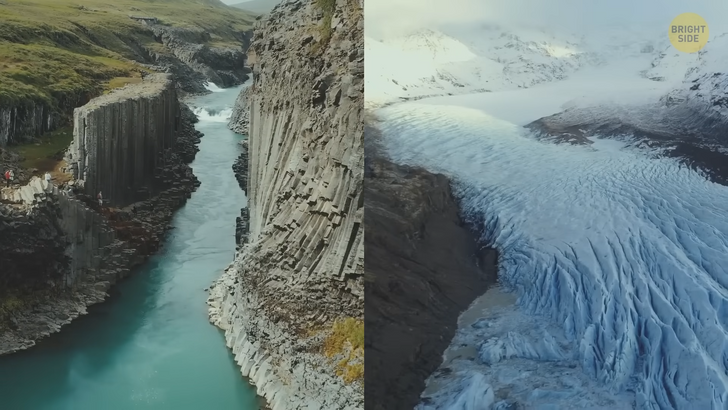
The Sun doesn’t set until after midnight, and even then, it barely goes below the horizon, so it looks more like the evening twilight. Unless your accommodation has extra dark and thick curtains, you might have trouble sleeping when it’s so light outside. That’s why it’s a great idea to pack a sleeping mask. And for the daytime, you’ll definitely need sunglasses and sunscreen. Or, you could just pop by in December, when it’s only light for four hours and seven minutes a day.
Winter temperatures aren’t as terrible as you might think [around 32°F], but the snow and winds coming from all directions make things worse. So, focus on staying warm and dry. An insulated jacket, another warm layer or two, thermal pants, reflective waterproof pants to stay dry and noticeable in the snows, a good warm hat... And oh, sturdy boots will literally take you a long way. Ice cleats as an add-on will help you stay stable on icy terrains.
Spring and fall are pretty short, and the weather is also super unpredictable, so the same set of items you’d pack for winter will do. Even if you’re going to Iceland in the coldest weather, definitely pack a swimsuit. Iceland Sea isn’t the warmest in the world, but you’ll need that swimsuit for outdoor pools and hot springs the country is full of. Since all the pools are heated with geothermal energy, they’re always warm.
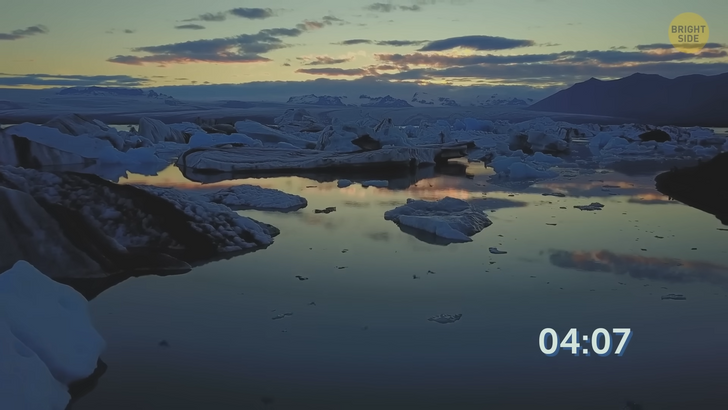
The locals and tourists swim in all sorts of weather conditions. Yes, even in the snow. The Blue Lagoon is the most famous geothermal spa. It uses seawater coming from around 6,500 feet underground, and it comes with useful earth minerals. Once it gets heated up by a nearby geothermal plant, a mix of ocean and freshwater pours into a lava pool at a temperature of around 102°F. It gets its postcard-worthy turquoise color from the silica in it reflecting sunlight.
Definitely bring a reusable water bottle for the trip. You can refill it with tap water since it’s perfectly safe and healthy. The country is full of pure springs and glaciers, and that high-quality water goes to every tap. There are zero chemicals in it, so it’s officially some of the clearest kinds of water in the world.
All you have to do is wait a bit when you change from hot to cold water. Hot water also comes to Icelandic homes straight from the spring and is heated by geothermal sources. The sulfur in it makes it smell like rotten eggs. Although it’s yucky, it’s totally harmless. Bottled water is overpriced, and it literally comes from the same tap.
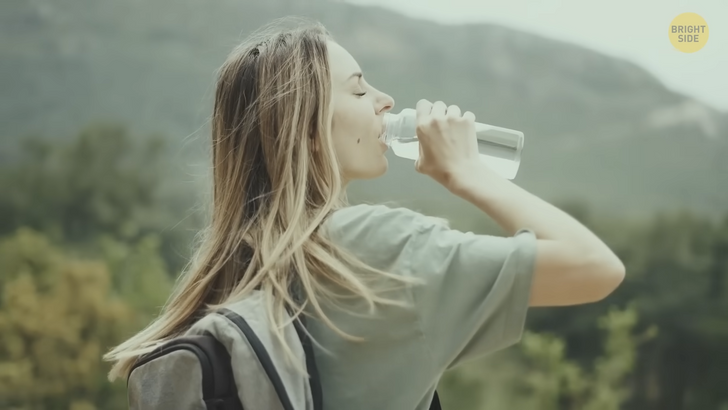
Icelanders will have no problem speaking and understanding English, but if you want to feel more like a local, you could bring translation earbuds. Icelandic is pretty difficult to grasp on the go and might sound unusual. The language has less than half a million native speakers, but they’re super proud of it, and it keeps growing. Instead of borrowing words from other languages for new concepts, they create new words or repurpose some old ones.
The Icelandic for “computer,” for instance, [tölva] literally translates as the “number oracle.” There are over 130 ways of saying “wind,” and 112 of them are written on a wooden walkway from the calmest to the strongest wind, in case you want to learn them. There are also some concepts the English language just doesn’t have, like, for example, [gluggaveður] “window weather.” It’s that kind of weather that looks good from the inside, but once you step out, you regret your decision.
In case, for some reason, you were planning to bring a horse to Iceland, stop right there. The Icelandic horse is one of the oldest and purebred horses in the world, with a history of the breed going back to the 10th century. The story goes that the ancestors of today’s beauties were carefully selected to be brought to Iceland from Norway during the Viking years. And, no one has imported any other horse breeds to Iceland since the 11th century. It is banned by law.
This complete isolation helps the Icelandic horses stay super healthy and live a long life. These beauties used to be the only form of transportation in the country. They’ve adapted to survive in all kinds of weather conditions and have grown, although they still don’t look huge. And oh, when you see one, never call it a pony — it can offend the locals.
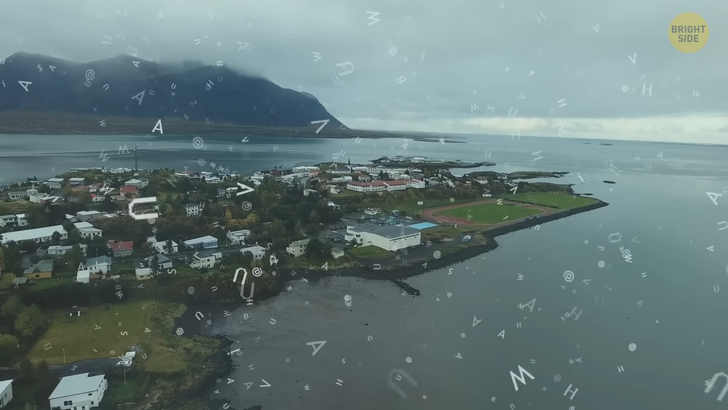
I don’t want to be the one to tell you, but your wish won’t come true just because you threw a coin in one of Iceland’s thermal springs. The signs forbidding throwing coins are all over the place for a good reason. The coins keep hanging in crystal clear waters ruining the natural looks of geysers and pools.
Plus, researchers have proved that coins and other trash can change the color of the thermal water for good. That’s precisely what happened in Yellowstone. The Morning Glory pool changed its color from tropical blue to green with orange and yellow hues. If you don’t want that to happen to the beautiful Icelandic landscapes, then keep the coins for souvenirs, or in your pocket.
Elves are a big deal in Iceland. Around half of the population believes in their existence. The local folklore sees elves as the “hidden people” who live in the lava fields. When someone wants to build something in one of those, they have to take into account the elves’ opinions. Yes, these guys have a spokesperson who comes to meetings.
Sometimes road construction is even diverted around boulders where the elves live not to disturb them. These little guys go house hunting during the winter holiday season. And it is 13 elves called the Yule Lads who bring the young generation of Icelanders their gifts. If you want to learn more about the elves during your trip, you can sign up for Reykjavík’s Elf School. You’ll get textbooks, a legit elf diploma, and tea with cookies as a bonus.
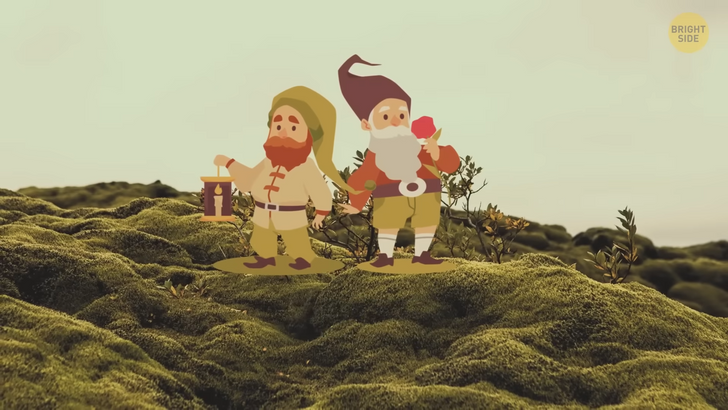
They might seem like a regular photo prop, but those little pyramids of rocks actually have a name and history. The humans of the past used to build cairns to use as a kind of GPS system long before the concept of cars and GPS was even created. Travelers marked certain spots along their routes to help other wanderers find the path. They used to be the only way of marking the routes, and you can still find them all over the island.
Iceland, of course, has GPS now, but it’s illegal to move rocks from the cairns because they’re considered an important part of history. Plus, some hikers still use those pyramids for navigation. So if you randomly build one of those, hikers can easily get lost as they’d follow the wrong route. Oops.
If you want to bring a good gift for your new Icelandic friends, a book is a great idea. For many years, the country had the highest rate of publishing books per capita in the world. On average, one out of ten Icelanders publishes a book in their lifetime. There’s even a special book-giving holiday.
Icelandic sagas go back to the 13th century. Writers create their sagas even on napkins and coffee cups. Each geyser and waterfall has its own tale about heroes and heroines connected with it. You can also scan barcodes on public benches to listen to audiobooks on your smartphone. Cool.











